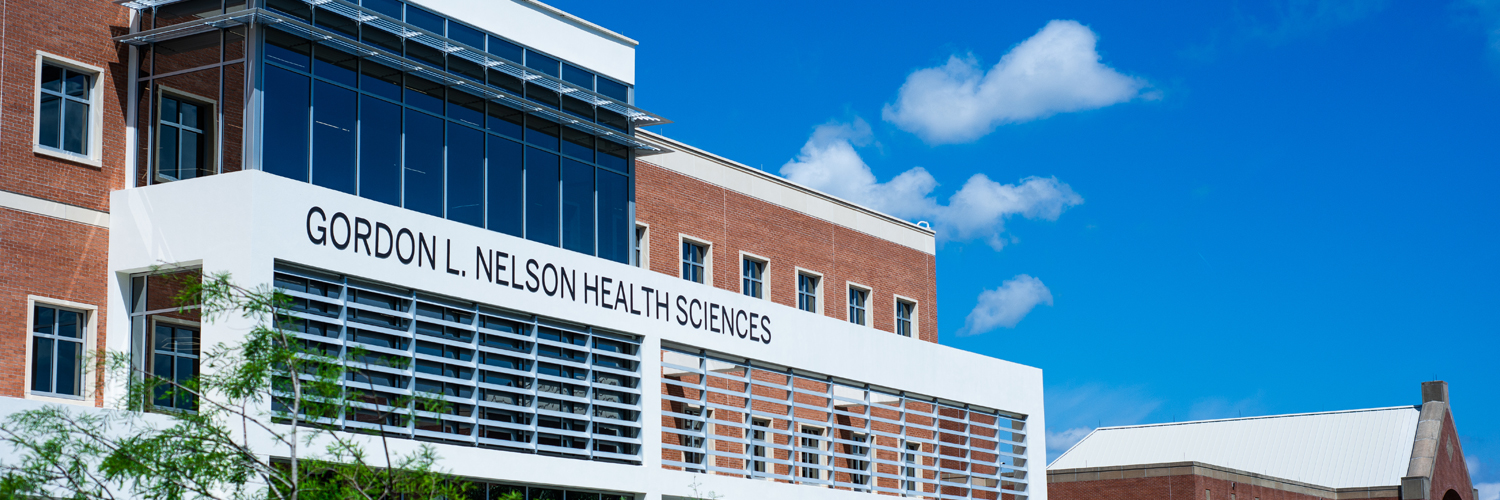

Our lab has cutting-edge equipment for the mechanical characterization of biomaterials at different length scales, such as atomic force microscopy (AFM), nanoindentation, uniaxial/biaxial tensile, and traumatic brain injury (TBI) test. These tests will enhance the understanding of the connection between the microstructure and mechanical behavior of the biomaterials. We have quantified the stiffness of the atherosclerosis, diabetic artery, and aneurysm. The heterogenous behavior of the calcification in the atherosclerosis artery was quantified. We also quantified the multiscale mechanical behavior of the tooth with combination of the scanning electron microscope (SEM), AFM, and FEM.
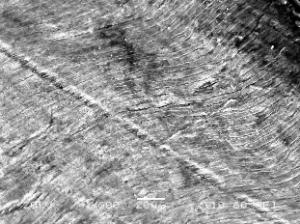
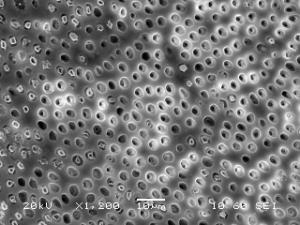
The aim of this project is to optimize the orthodontics design with the computational method. The pulldown force inserted in each tooth following the implantation of the JVBarre. The pulldown force is related to the long-term complications. Comparative studies were conducted with FE models to analyze the mechanics performance of JVBarre, Carrier Motion 3D and so on. Further, we prefer to predict the tooth movement given the forces distribution during on orthodontic.
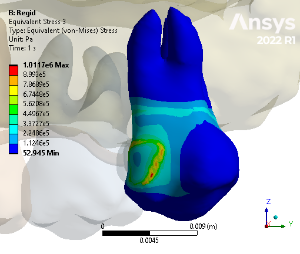
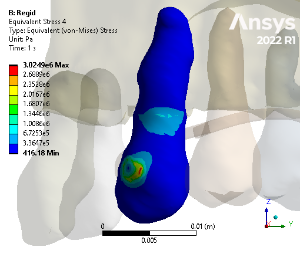
Elastography using the shear wave speed to determine the Young's modulus of the in-vivo biomaterials. Given the Young's modulus distribution of the tissue, the abnormality of tissue is better to be diagnosed. New finite difference shear elastography method, as its name suggests, determines the shear wave speed which related with Young's modulus on area of interest. This method has been tested by FE simulation result and in vivo experiment.
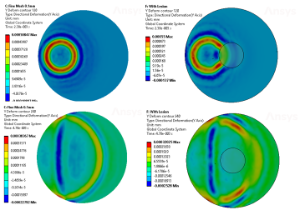
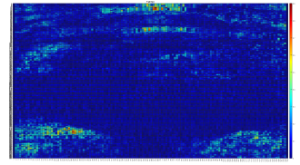
© Florida Institute of Technology, All Rights Reserved